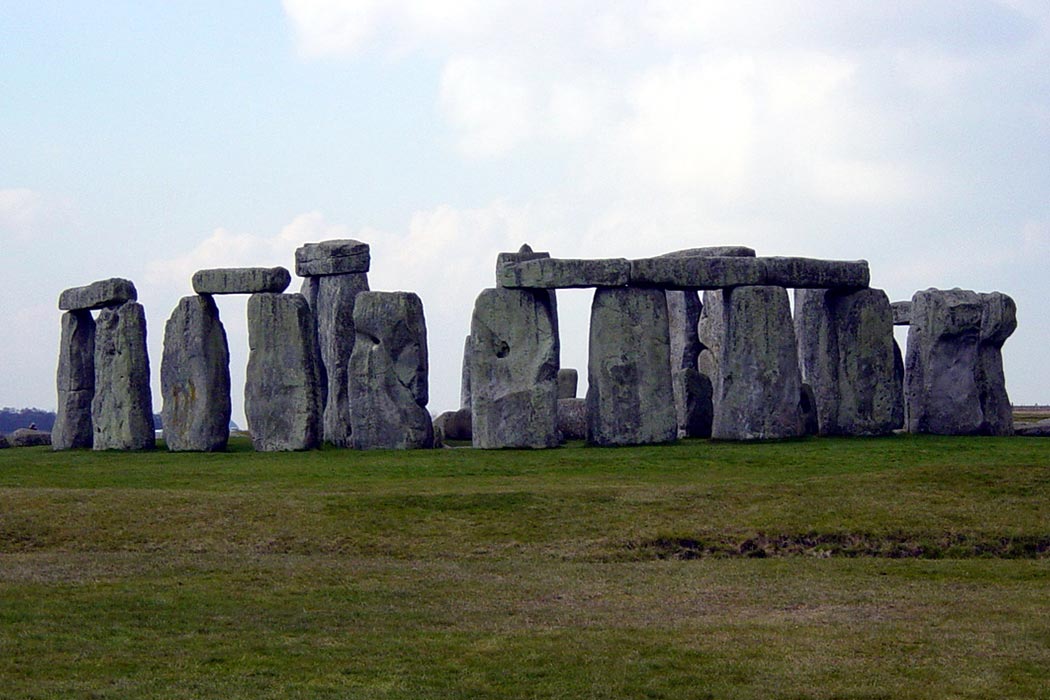Move over Stonehenge, archaeologists have found an even larger collection of standing stones in a site only a few miles from the famous monument. The stones are buried in their original location (although no longer standing) beneath an ancient berm at Durrington Walls, and were found using remote sensing techniques. They are made of the same sandstone as the blocks at Stonehenge, but are even larger and more numerous. Who undertook all that effort to make them? And why?
Durrington Walls has been known since the 19th century, but its less striking appearance compared to neighboring Stonehenge has kept it mostly off the scholarly radar. Annual excavations since 2003, as well as the release of information from earlier work in the area, has led to a new understanding of the site. The excavations have yielded a trove of artifacts, including animal bones, arrowheads, and numerous dwellings. Tools constructed from deer antlers date to 2975 BCE, making the site at least 4500 years old. There are also clear similarities between Durrington Walls and Stonehenge, even before the latest find; for example, both have elements that line up for the summer and winter solstices.
The similarities between the sites have led to the belief that Durrington Walls and Stonehenge were built by the same people. However, the lack of evidence of habitation at Stonehenge despite centuries of excavation suggests that the two sites had vastly different purposes. Durrington Walls was clearly a settlement of some sort, where people lived, fought, and cooked. Stonehenge was more ritualistic, perhaps set up to honor the dead. Durrington Walls may have been a seasonal encampment where Neolithic Britons prepared for ceremonies at Stonehenge. Numerous bones of nine-month-old pigs have been found; assuming the pigs were born in the spring, they were slaughtered around midwinter, perhaps during a winter solstice ritual.
And don’t forget Woodhenge, discovered within sight of Durrington Walls. Woodhenge is the largest of several “timber henges” in the area, and strongly resembles Stonehenge but was made of huge logs instead of stone. (“Henge” basically refers to a circular enclosure.) The site’s purpose is unclear, but its presence suggests further links between Durrington Walls and Stonehenge.
The buried stones are the newest contribution to a modern rethinking of Stonehenge. For centuries it was viewed as an isolated mystery, its secrets never to be revealed. In recent decades, it has become clear that Stonehenge is instead part of a landscape of sites, connected by roads and the Avon River. But the new discovery brings confusion with it as well. Do the new stones pre-date Stonehenge? For that matter, were Durrington Walls and Stonehenge truly contemporary with each other? Nobody really knows what went on then, so there is still plenty of mystery around Stonehenge and its surroundings.







